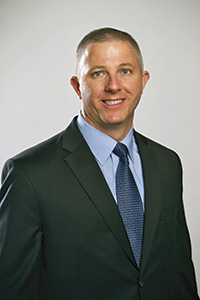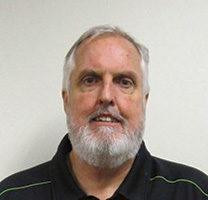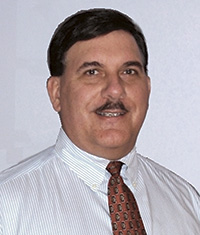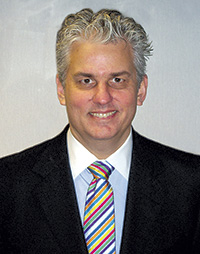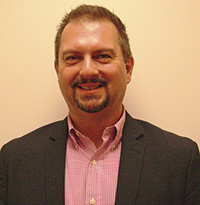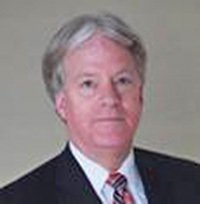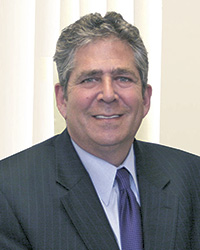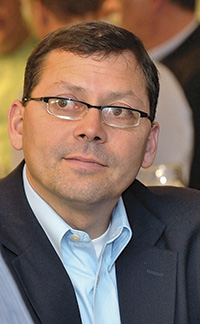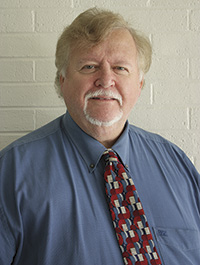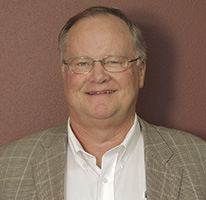Some pump industry experts identified 2013 as a challenging year but still find reasons to be optimistic about growth opportunities in 2014. Federal and state funding issues continue to delay some projects and cancel others. However, this funding challenge is offset by an increase in smaller pumping project opportunities and has forced some companies to spend more on maintenance and repair. Meanwhile, the industry continues to keep an eye on how the weakening Euro could affect exports. With these challenges, innovations—such as remote monitoring, cloud technology, and predictive and preventive maintenance advancements—have become an industry focus. Globalization and strategic acquisitions continue to provide growth opportunities for the pump industry. Positive changes in the energy supply will also provide more demand for pumps in the oil and gas market and also in other industrial sectors. Experts say to expect the U.S. Department of Energy (DOE) regulations on motors to continue to impact the industry. Pumps & Systems will cover these and other industry trends throughout 2014. More expert insight from the members of our Editorial Advisory Board is included in this coverage.

